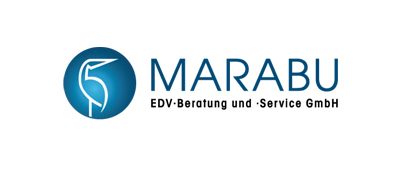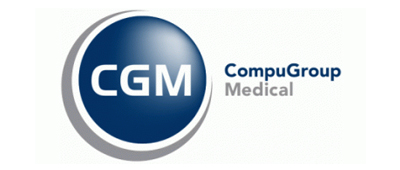Application scenarios in health care
Sign documents at the workplace
Sign e-doctor’s letters, findings, laboratory requirements, etc. individually or in batches electronically with a health professional card (HBA) or other signature cards (e.g. from D-TRUST).
Replacing scanning of paper files
Replacing existing files and current documentation including integrity protection and scanning with high evidence value (e.g. according to TR-RESISCAN and the recommendations of GMDS).


Signature on the tablet
Digital patient admission: Sign treatment contracts and information forms on the tablet.
Central e-seal
Server-based centralized e-sealing of documents, e.g. discharge letters, externally and for the e-archive with digiSeal®server.


Timestamp in the e-archive
Inventory files and continuous backup of the long-term evidence value of patient data in the electronic archive with digiSeal®archive.
Motivation
In clinics, hospitals, medical practices, medical treatment centres and laboratories, numerous documents are produced on a daily basis, both in electronic and paper form, such as medical letters, findings, applications, expert opinions, invoices and many more.
E-signatures, e-seals and timestamps provide a high evidential value for the digital archiving of these documents. Medical institutions can use these tools both to avoid the formation of paper and to scan and digitize existing paper documents. Current legal practice in Germany shows that the framework conditions for the use of electronic patient records – digitally generated or scanned – are sufficiently fulfilled.
E-signature in the IT infrastructure

Which signature type is the right one?
In addition to the use of the “qualified” signature to achieve evidence security, other procedures, such as the “advanced” signature or signing on a signature pad (e.g. in patient admission), can also be applied in a meaningful and legally compliant manner under conditions related to the application.
Legal framework
The legal requirements of a normative nature, such as the EU regulation eIDAS-VO, as well as the guidelines of the GMDS (Deutsche Gesellschaft für Medizinische Informatik, Bietrie und Epidemiologie e.V.), BVMI, bvitg, CCeSiG, BVA and other associations and institutions with recommendation character are taken into account.
Signature integration in HIS, PVS, DMS,
Laboratory & Archive

Partner for HIS, PVS and Archive

Front Title
This is where the text for the front of your card should go. It's best to keep it short and sweet.

Front Title
This is where the text for the front of your card should go. It's best to keep it short and sweet.

Front Title
This is where the text for the front of your card should go. It's best to keep it short and sweet.

Front Title
This is where the text for the front of your card should go. It's best to keep it short and sweet.

Front Title
This is where the text for the front of your card should go. It's best to keep it short and sweet.

Front Title
This is where the text for the front of your card should go. It's best to keep it short and sweet.

Front Title
This is where the text for the front of your card should go. It's best to keep it short and sweet.

Front Title
This is where the text for the front of your card should go. It's best to keep it short and sweet.
Products that might interest you

digiSeal®office for signing, sealing and time stamping documents at the individual workstation

digiSeal®server for centralized automated processes for e-signature, e-seal, timestamp, PDF/A and more

digiSeal®archive for the long-term preservation of digital documents in the e-archive with official timestamps





 »Integrity assurance and revision security of digital data play a special role in our digital archive. With secrypt we have found a competent solution partner.« Andreas Henkel Head of Information Technology,
»Integrity assurance and revision security of digital data play a special role in our digital archive. With secrypt we have found a competent solution partner.« Andreas Henkel Head of Information Technology, »With digiSeal®archive we strengthen the trust in digital documents and approach the topic of electronic signatures in a pragmatic way.«
»With digiSeal®archive we strengthen the trust in digital documents and approach the topic of electronic signatures in a pragmatic way.« »The e-physician letter process with qualified electronic signature could be integrated ergonomically and practically into our workflow.«
»The e-physician letter process with qualified electronic signature could be integrated ergonomically and practically into our workflow.«